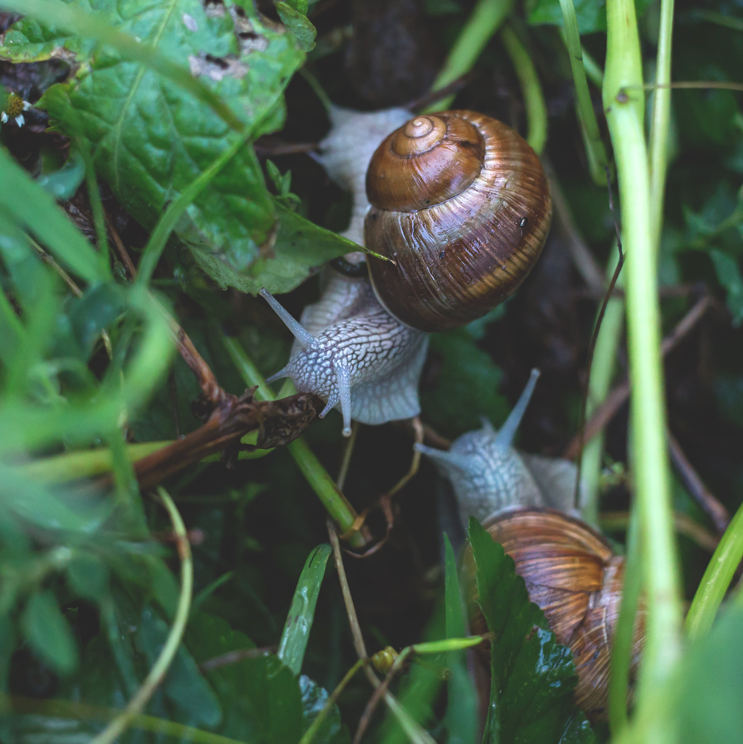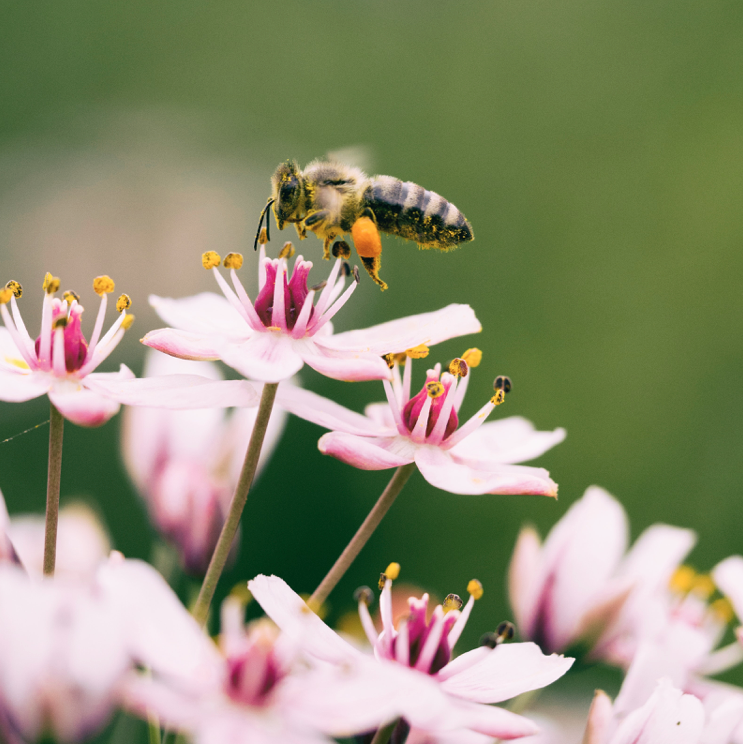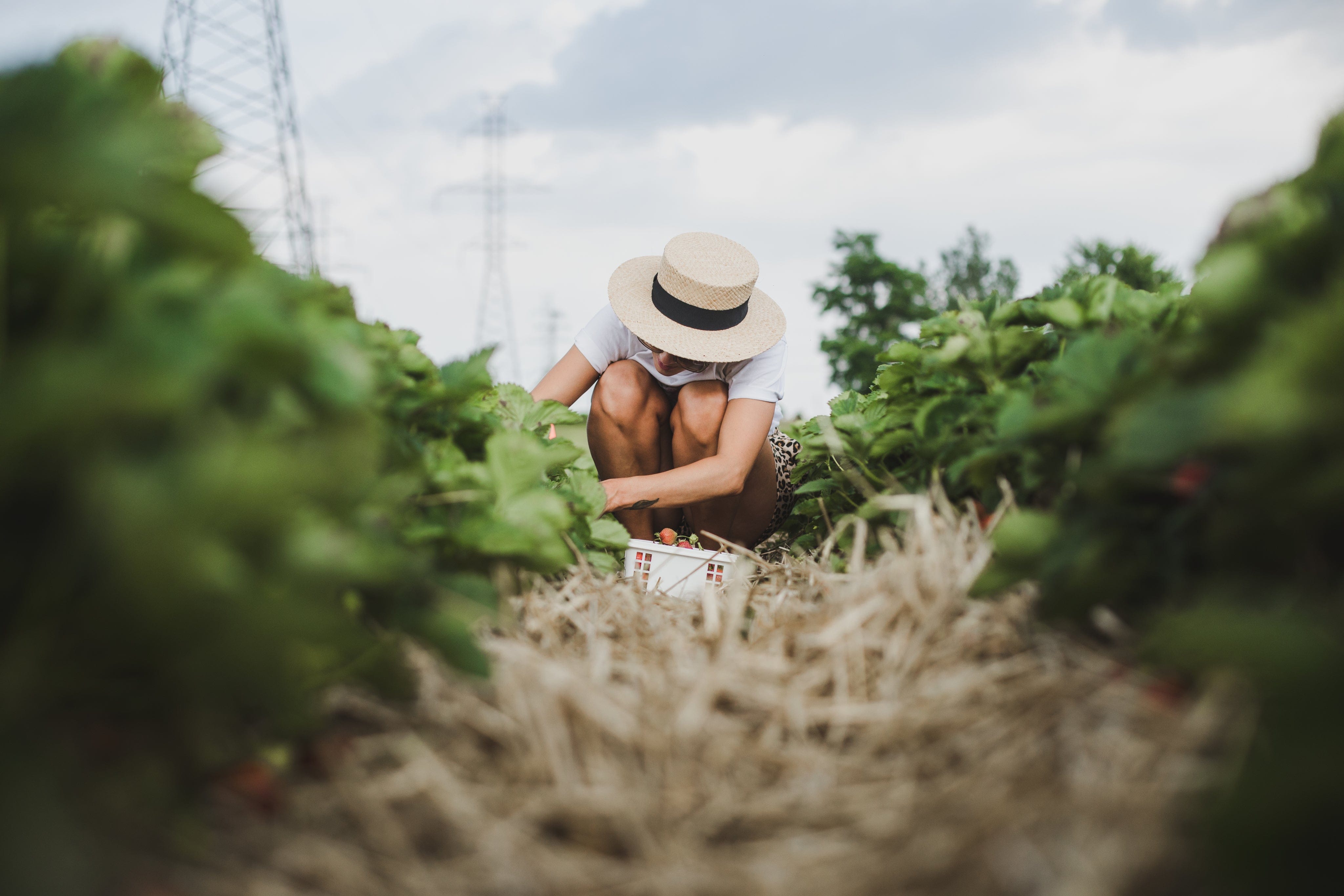
Potted Plant Pests: A Quick Guide

Potted plants make the most beautiful accessories. Their bright colours light up a room, and there is always a sense of having a touch of nature in the home while when used in the garden they add a stylish touch of décor. But you are not the only one enjoying the presence of your plants.
Potted plants are a beacon for bugs.
On the surface they might be hard to spot, but plant pests are not deterred by the fact that you have chosen to grow your plants in pots. Eventually you will end up having to confront the average plant bugs and when you do, it’s best to know how to deal with them.
Not all bugs are your enemy. In fact, if you’ve been harnessing your green fingers for a while, you will have noticed that most gardens are full of healthy insect life, the majority of which will living in harmony with the plant, rather than harming it. This is not the case with all bugs however, which is why there are bugs we call pests!
You can’t, and shouldn’t, try to fight off all insects. But there are those that you can look out for and get rid of once you’ve noticed that they have set up their home in your potted plant.
A good tactic is to plant certain plants that are best for pest control
How to identify plant pests?
Some plant pests make their presence quite visibly known, while others work in secrecy and slowly destroy the plant without you realising what is causing the destruction.
The most important thing for you to know is how to identify when your plant has pests and what kind of pest it has.
The obvious way to check if your plant has any insect life at all is to just take a close look at the plant. There are many bugs that will appear on the leaves of the plant, or live in the top of the soil, that you will notice straight away. The less obvious way is to look at the state of the plant.
Common Plant Pests: Identification, Symptoms and Treatment
Aphids

They live on roses and other flowers, often appearing as fluffy white dots with protruding legs. But while they might look harmless, aphids are known for sucking out plant sap from flowers, new shoots and any soft part of the plant they can find.
They are good at hiding away and considering their tiny size, it can be quite a while before you notice their destructive presence. While most of them are white, they can also come in black, grey or green, allowing them to perfectly blend into the plant.
You’ll know you are dealing with aphids the moment you spot them huddling together. They generally live in big groups which is the dead giveaway. You can also look out for sticky deposits on the leaves or the husks which they leave behind. Leaves could also start turning yellow over the long term or the leaf could develop yellow patches.
Aphids can slow plant growth and even infect plants with diseases.
Warm soapy water is really all you need to rid your plant of an aphid infestation. Simply spray your plant with the solution, wait 5 minutes, and then wash the soap and aphids off. You can repeat the process if need be, a few weeks later.
Mealybugs

It is easy to confuse aphids and mealybugs, because they look so similar and both can destroy a plant by feeding on the sap. Mealybugs also tend to live in groups, so they are easy to spot.
Colonies of these bugs can often be seen under the plant leaf or between plant joints. Soon, as the colonies grow, the plant will become dehydrated, with the leaves wilting and eventually dropping off.
To deal with the mealybug, you have two options. You can go organic or you can go chemical. The organic answer will be to just physically knock them off the plant or spray them with water. If you are going to use chemicals, you can use the same watery soap solution mentioned in the treatment of aphids.
Slugs and Snails

If your potted plant is an outdoor kind, you will no doubt eventually be greeted by a slug or a snail. This will generally only be a problem in the warmer months and they are very easy to spot, considering their large size compared to aphids or mealybugs. Along with being really simple to spot (just follow the slime trail if you can’t see it), they are also really easy to deal with.
Slugs and snails feast on leaves and to stop their progress through your plants, you can put your plants in an out of reach place, or catch and remove them before they settle in for a meal. The less pleasant option is to buy slug pellets which will kill them.
Red Spider Mites

These minuscule creatures are almost impossible to see but their damage is difficult not to. Red Spider Mites cause plants to lose their colour and over time will appear completely brown. If the infestation reaches immense proportions, you will eventually see webs on the underside of leaves and flowers. Red Spider Mites are members of the spider family, but instead of eating fellow insects, they feed on plant liquids, particularly those within the leaves.
The best way to see if your plant has a Red Spider Mite problem, is to look out for the webs. The other common symptom of an infestation is to check if the leaves are full of tiny brown spots. These are caused by the spiders cutting the leaves with their mouths, causing those spots to die.
To rid your plant of these tiny intruders, you can splash the plant with water, or place the plant in a humid area. This method can take a while to work, so if you want to speed up the process, you could introduce a predatory mite, the Phytosieulus Persimilis. This mite will soon have your problem sorted out.
While these are some of the most common pests you’ll find on your plants, there are many others out there that you might have to contend with. Luckily, if you come across one that doesn’t match the description of any of these, there are plenty of online resources that will help you identify the one you have.
Interested in reading more, click on the below:
Now that you know a little more about pests, don't be slower then the snail, start your pot plant collection here




Leave a comment
This site is protected by hCaptcha and the hCaptcha Privacy Policy and Terms of Service apply.